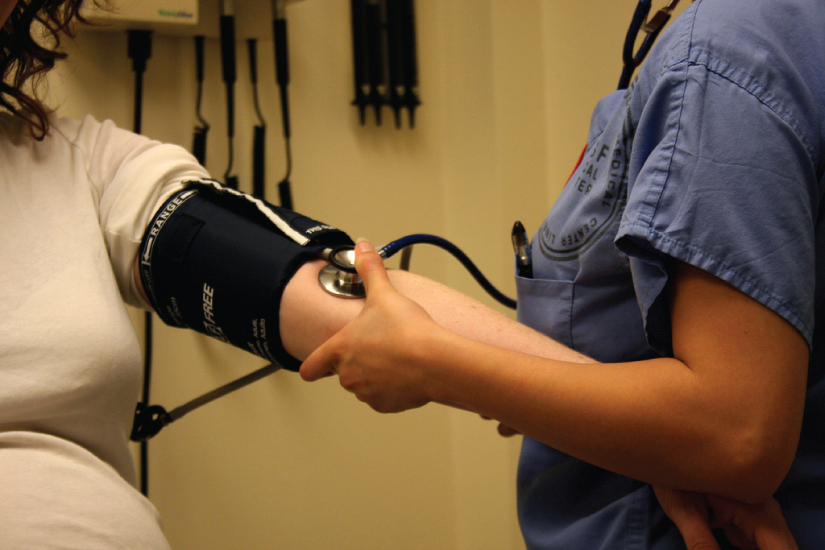
|

1.1 An introduction to the human body Read Online
1.2 The chemical level of organization Read Online

After studying this chapter, you will be able to:
Though you may approach a course in anatomy and physiology strictly as a requirement for your field of study, the knowledge you gain in this course will serve you well in many aspects of your life. An understanding of anatomy and physiology is not only fundamental to any career in the health professions, but it can also benefit your own health. Familiarity with the human body can help you make healthful choices and prompt you to take appropriate action when signs of illness arise. Your knowledge in this field will help you understand news about nutrition, medications, medical devices, and procedures and help you understand genetic or infectious diseases. At some point, everyone will have a problem with some aspect of his or her body and your knowledge can help you to be a better parent, spouse, partner, friend, colleague, or caregiver.
This chapter begins with an overview of anatomy and physiology and a preview of the body regions and functions. It then covers the characteristics of life and how the body works to maintain stable conditions. It introduces a set of standard terms for body structures and for planes and positions in the body that will serve as a foundation for more comprehensive information covered later in the text. It ends with examples of medical imaging used to see inside the living body.
Question: Which is true regarding acute cystitis?
Choices:
Females get acute cystitis more often than males because females have shorter urethra.
Systemic infections cause acute cystitis more than ascending infections.
Acute cystitis is only caused by bacterial infections.
Acute cystitis is caused by altered host condition not the virulence of organism.
Diabetes mellitus patients are immune to acute cystitis infections.
Question: Which of the following statements is FALSE?
Choices:
Ethylene glycol toxicity can cause anuria/ intrarenal obstruct of urine flow.
Glomerular amyloidosis can be secondary to pyometra in dogs.
NSAIDS can cause ischemic renal failure.
Azotemia is a syndrome associated with multisystemic lesions and clinical signs because of renal failure.
Rib calcification is the body's way of maintaining the off balance of Ca/P metabolism due to uremia.
Question: Nephrons have high regeneration capacity. True/False
Choices:
True
False
Question: Which of the following is complication of lower urinary tract neoplasia?
Choices:
Urostasis
Pyelonephritis
Metastasis
Obstruction of outflow
All of the above
Question: Uremia is most indicative of end stage renal disease. True/False
Choices:
True
False
Question: Feline Urinary Tract Disease (FLUD) main complication is hydronephrosos. True/False
Choices:
True
False
Question: Nephroblastoma is a tumor of....
Choices:
Embryological origin
Nephron origin
Interstitial tubule origin
Metastatic origin
Epithelial origin
Question: Urostasis is the incomplete emptying of the bladder. True /False
Choices:
True
False
Question: Which is False regarding pyelonephritis?
Choices:
always involves an infectious agent
results in tubulointerstitial nephritis
retrograde spread of bacteria to the pelvis is the most common cause
chronic pyelonephritis can be bilateral causing renal failure
is an acute disease from UTI's that is self limiting
Question: 75% of kidney function can be lost before failure occurs.
Choices:
True
False
Question: Kidney responds to injury by increasing functional parenchyma by hyperplasia ( increase in cell numbers). True/False
Choices:
True
False